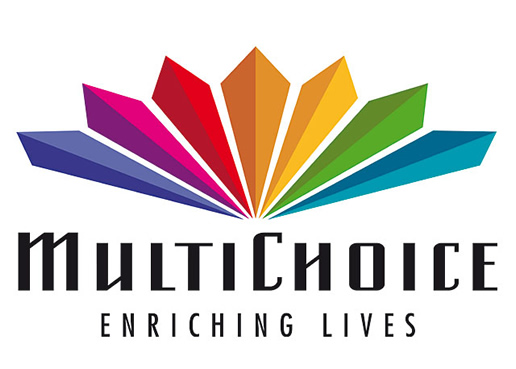
By Joshua Worlasi AMLANU
The country risks losing more than US$1.2billion in export revenues to the United States over the next five years if a recently imposed 10 percent tariff remains in place, the latest projections by Emerging Markets Advisory Limited (EM Advisory) have shown.
The tariff, part of sweeping trade reforms introduced by U.S. President Donald Trump and under appeal at the U.S. Supreme Court, has already begun to dampen demand for Ghanaian exports.
Though only 2.4 percent of Ghana’s total exports are shipped to the U.S., the cumulative loss could prove damaging for firms that have carved out niche markets in North America.
“If the 10 percent tariff persists, then Ghana could suffer over one billion dollars in lost export revenue to the U.S. market,” said Dr. Abudu Abdul-Ganiyu, Senior Partner at EM Advisory, speaking after a breakfast meeting with the Association of Ghana Industries (AGI). “That may not sound significant at the macro level; but for individual businesses, it’s a serious blow.”
Ghana’s export volume to the U.S. had been on an upward trajectory, reaching US$174.77million in March 2025, a month before the tariff took effect. Based on trade elasticity estimates for the U.S. market, EM Advisory forecasts a 20 percent decline in demand for Ghanaian exports, with the hardest-hit sectors being cocoa and mineral fuels—two categories that account for over 85 percent of the country’s exports to the U.S.
The projected annual drop in export revenue is expected to start at US$231.74million by April 2026 and increase incrementally to around US$240million per year through 2030. EM Advisory warns that this could hurt not only exporters to the U.S., but also firms in related industries, due to wage and input price distortions across the broader economy.
“Even exporters who don’t ship to the U.S. could feel the impact through indirect channels, as supply chains adjust and resource allocation shifts,” Dr. Abdul-Ganiyu explained.
To manage the fallout, EM Advisory recommends a mix of pricing, production and market diversification strategies. One approach is cost-sharing between Ghanaian exporters and their U.S. import partners to absorb the tariff shock.
“Take 5 percent on your side, let your partner take the other 5 percent; that way, the price remains neutral to the end consumer,” Dr. Abdul-Ganiyu suggested.
He also emphasised the need for exporters to add value to their products to justify higher price points in the U.S.
“If you can upgrade the quality or presentation of your goods, U.S. consumers may overlook modest price increases,” he said.
Beyond product enhancement, exporters are being urged to shift their focus to alternative markets. The U.S. is currently Ghana’s ninth-largest trading destination, lagging behind countries like the UAE, Switzerland and China.
“Can we send more to those eight bigger partners instead?” Dr. Abdul-Ganiyu asked. “That’s a critical question for industry players.”
The situation has reignited calls for broader structural reforms to Ghana’s trade strategy. Experts point to the African Continental Free Trade Area (AfCFTA) as a long-term solution to cushion Ghana and other African economies from external shocks. By improving regional infrastructure and reducing intra-African trade barriers, the AfCFTA could help local firms tap into a 1.4-billion-population market with less exposure to geopolitical disruptions.
“Retaliation against the U.S. would only hurt Ghana more, given our limited leverage,” EM Advisory noted in its report. “Instead, the way forward is to strengthen ties with existing partners, deepen regional trade integration and invest in upgrading local production.”
The report warns that if Ghana fails to respond strategically, the tariff hit could deepen inequality and weaken the country’s position in global trade. The current environment, EM Advisory concluded, “is not just a moment of loss, but a test of resilience and policy agility”.
The post Export exposure to U.S. tariffs could erode US$1.2bn in 5 years appeared first on The Business & Financial Times.
Read Full Story


















Facebook
Twitter
Pinterest
Instagram
Google+
YouTube
LinkedIn
RSS